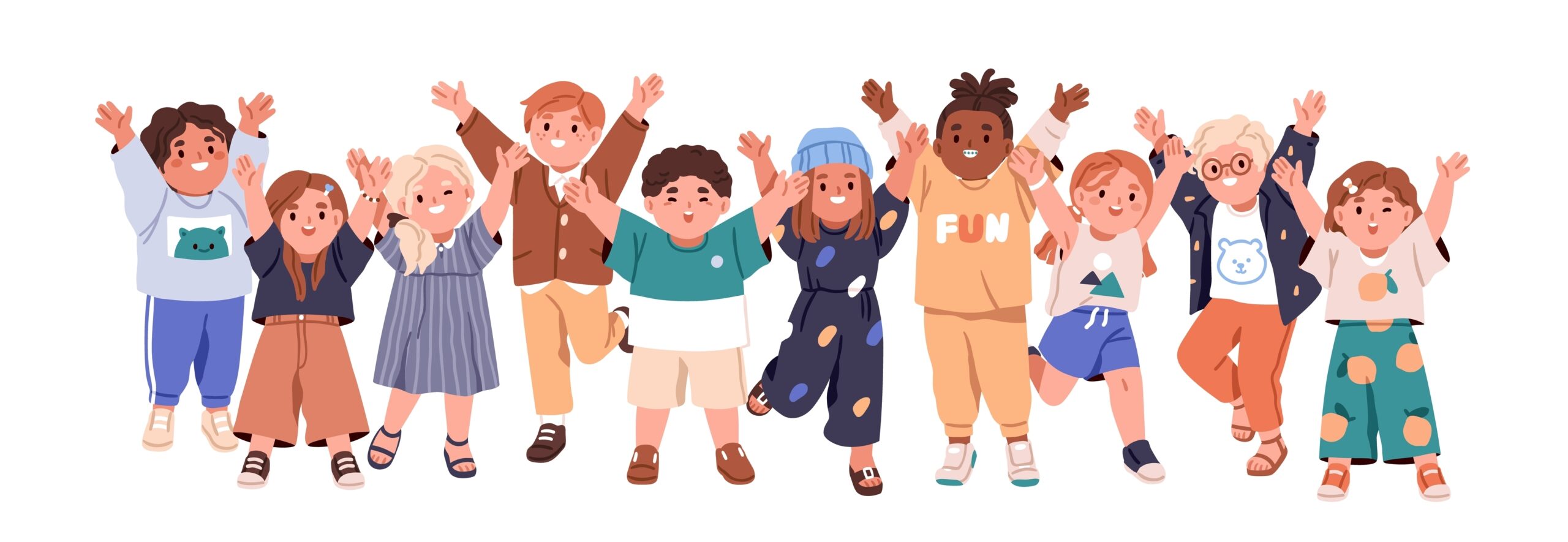Neurological Balance and Medical Disorders
- Seizure Disorders in Children: Symptoms, Diagnosis, and Therapy
- Tourette Syndrome in Children: Symptoms, Diagnosis & Therapy Options
- Substance Use Disorders in Youth: Effects, Signs & Therapy Support
- Cerebral Palsy in Children: Symptoms, Types & Therapy Support
- Pediatric TBI & Concussions: Symptoms, Recovery & Therapy Support
- Pediatric Migraines: Symptoms, Triggers & Therapy Support
- Ehlers-Danlos Syndrome in Children: Symptoms, Types & Therapy Support
- BPPV: Causes, Symptoms & Treatment with Physical Therapy
- Vestibular Disorders: Symptoms, Causes & Therapy Support for All Ages
- Parkinson’s Disease: Symptoms, Treatment & Therapy Support
- Post-Stroke Rehab & CVA Recovery: Find Therapists for Stroke Rehabilitation
- Ataxia: Causes, Symptoms & Rehab Therapies
- Peripheral Neuropathy: Causes, Symptoms & Rehab
- Delayed Motor Milestones in Children | Early Signs, Causes & Therapy
- Hypotonia (Low Muscle Tone) in Children: Symptoms, Causes & Therapy
- Spina Bifida in Children: Types, Symptoms & Therapy Options
- Tic Disorders in Children: Symptoms, Types & Therapy Support
- Down Syndrome
Post-Stroke Rehab & CVA Recovery: Find Therapists for Stroke Rehabilitation

Authored by: The DrSensory Editorial Team
Reviewed by: 🛡️ DrSensory Clinical Review Board – Doctor of Therapy Rehab Division
Last updated: June 2025
Post-Stroke Rehabilitation (CVA Recovery): Regain Function, Independence & Quality of Life
What Is a Stroke (CVA)?
A stroke, also known as a cerebrovascular accident (CVA), occurs when blood flow to the brain is blocked or interrupted, leading to brain cell damage. There are two main types:
- Ischemic Stroke – Caused by a clot blocking blood flow (most common)
- Hemorrhagic Stroke – Caused by bleeding in the brain
Transient Ischemic Attacks (TIAs), or “mini-strokes,” are temporary and often warning signs of a future stroke.
Stroke can result in physical, cognitive, speech, emotional, and sensory impairments, requiring comprehensive rehabilitation.
Common Effects of Stroke
Post-stroke symptoms vary based on the location and severity of the brain injury. They may include:
Physical Impairments
- Weakness or paralysis (commonly one-sided, called hemiparesis or hemiplegia)
- Poor coordination and balance
- Difficulty walking or transferring
Cognitive & Emotional Changes
- Memory and attention issues
- Impulsivity or poor judgment
- Depression or mood swings
- Fatigue
Speech & Swallowing Issues
- Aphasia (difficulty understanding or producing language)
- Dysarthria (slurred or slow speech)
- Dysphagia (difficulty swallowing)
Each person’s recovery journey is unique. Early and targeted rehabilitation improves outcomes and independence.
Phases of Stroke Rehabilitation
Stroke recovery typically includes acute, subacute, and chronic phases, with therapy evolving accordingly:
- Acute Phase (Hospital): Stabilization, early mobility, preventing complications
- Subacute Phase (Inpatient rehab or home health): Intensive therapy begins
- Chronic Phase (Outpatient or long-term therapy): Focus on regaining independence and adapting
Post-Stroke Therapy Approaches
Rehabilitation involves a team-based approach, including:
Physical Therapy (PT)
- Improves mobility, balance, and walking
- Strengthens weakened muscles
- Reduces risk of falls
- Uses neuroplasticity-based retraining
Occupational Therapy (OT)
- Restores daily living skills (e.g., dressing, cooking, bathing)
- Adapts the home and tools for independence
- Teaches one-handed techniques and use of assistive devices
- Addresses visual-perceptual deficits
Speech-Language Pathology (SLP)
- Treats speech, language, and communication disorders
- Supports swallowing safety (reducing aspiration risk)
- Improves cognitive-communication skills like attention and memory
Additional Rehab Modalities
- Mirror therapy or constraint-induced movement therapy (CIMT)
- Functional Electrical Stimulation (FES)
- Aquatic therapy, robotics, or virtual reality rehab
- Caregiver training and support
Pediatric Stroke Rehabilitation
Though rare, children can have strokes due to congenital heart defects, trauma, or infections. Pediatric post-stroke rehab includes:
- Early physical and occupational therapy
- Speech therapy for developmental delays
- Support for school reintegration and family education
DrSensory includes therapists trained in pediatric neurorehab for age-appropriate care.
How DrSensory Helps You Get Parkinson’s Therapy Support
DrSensory’s Therapist Directory makes it easy to find licensed therapists near you who specialize in stroke rehabilitation, whether for adults or children:
✅ Filter by therapy type: PT, OT, SLP
✅ See therapist profiles with specialties, credentials, and experience
✅ Choose in-person or virtual care
✅ Connect directly with therapy clinics or individual providers
Frequently Asked Questions (FAQ)
How soon should therapy start after a stroke?
Ideally, within 24–48 hours of stabilization in the hospital. Early intervention is critical to harness brain plasticity and regain lost function.
Can stroke damage be reversed?
While brain damage itself may be permanent, many functions can be relearned or adapted through therapy due to the brain’s ability to reorganize (neuroplasticity).
What is the best therapy for stroke recovery?
A combination of physical, occupational, and speech therapy is most effective. The approach depends on the type and severity of impairments.
How long does stroke rehab last?
Recovery is variable. Some patients improve in weeks, while others need months or years of therapy. Ongoing rehab helps maintain progress and prevent decline.
Can older adults benefit from stroke therapy?
Absolutely. Age is not a barrier to recovery. Older adults can still regain significant function and independence with the right therapy team and plan.
Is therapy covered by insurance?
Yes, most therapy services are covered under Medicare, Medicaid, and private insurance, especially when medically necessary. Always verify with your provider.
This page provides general educational content and is not a substitute for professional medical advice. Always consult a licensed provider for diagnosis and treatment.
View privacy policy, copyright and trust info
More on Neurological Balance and Medical Disorders

- Seizure Disorders in Children: Symptoms, Diagnosis, and Therapy
- Tourette Syndrome in Children: Symptoms, Diagnosis & Therapy Options
- Substance Use Disorders in Youth: Effects, Signs & Therapy Support
- Cerebral Palsy in Children: Symptoms, Types & Therapy Support
- Pediatric TBI & Concussions: Symptoms, Recovery & Therapy Support
- Pediatric Migraines: Symptoms, Triggers & Therapy Support
- Ehlers-Danlos Syndrome in Children: Symptoms, Types & Therapy Support
- BPPV: Causes, Symptoms & Treatment with Physical Therapy
- Vestibular Disorders: Symptoms, Causes & Therapy Support for All Ages
- Parkinson’s Disease: Symptoms, Treatment & Therapy Support
- Post-Stroke Rehab & CVA Recovery: Find Therapists for Stroke Rehabilitation
- Ataxia: Causes, Symptoms & Rehab Therapies
- Peripheral Neuropathy: Causes, Symptoms & Rehab
- Delayed Motor Milestones in Children | Early Signs, Causes & Therapy
- Hypotonia (Low Muscle Tone) in Children: Symptoms, Causes & Therapy
- Spina Bifida in Children: Types, Symptoms & Therapy Options
- Tic Disorders in Children: Symptoms, Types & Therapy Support
- Down Syndrome
Find a Therapist near you
Are you looking for a physical, occupational, or speech therapist in your area?
Look no further than the DrSensory Therapist Database and Clinic Directory!
Find a Therapist
Find the physical therapist, occupational therapist, or speech language pathologist you’re looking for!
Ask Us Anything
Whether you are looking for advice, have a general question about sensory processing, or looking for resources.
Submit Your Story
Share your story about your child. Let’s celebrate milestones and learn more about challenges.











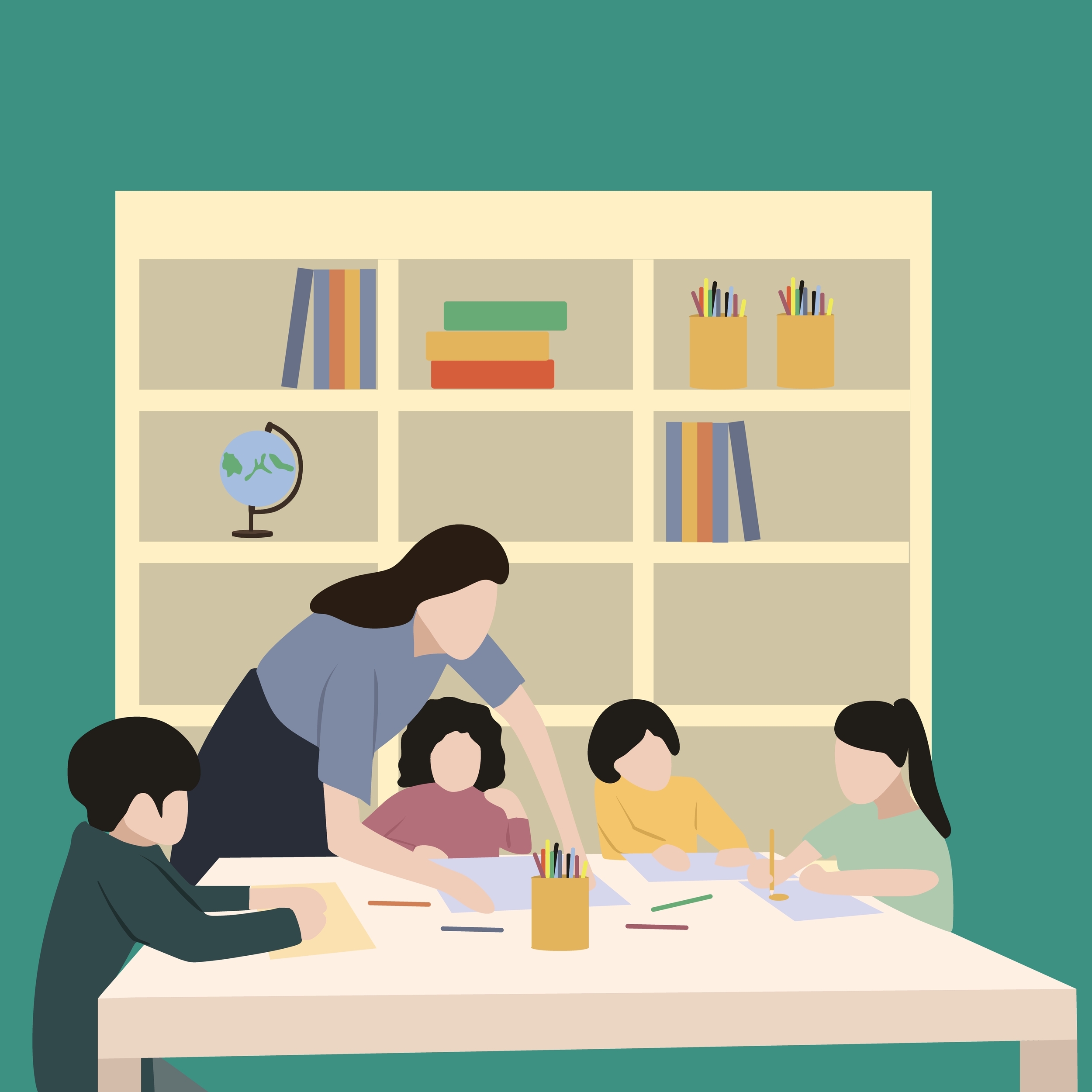


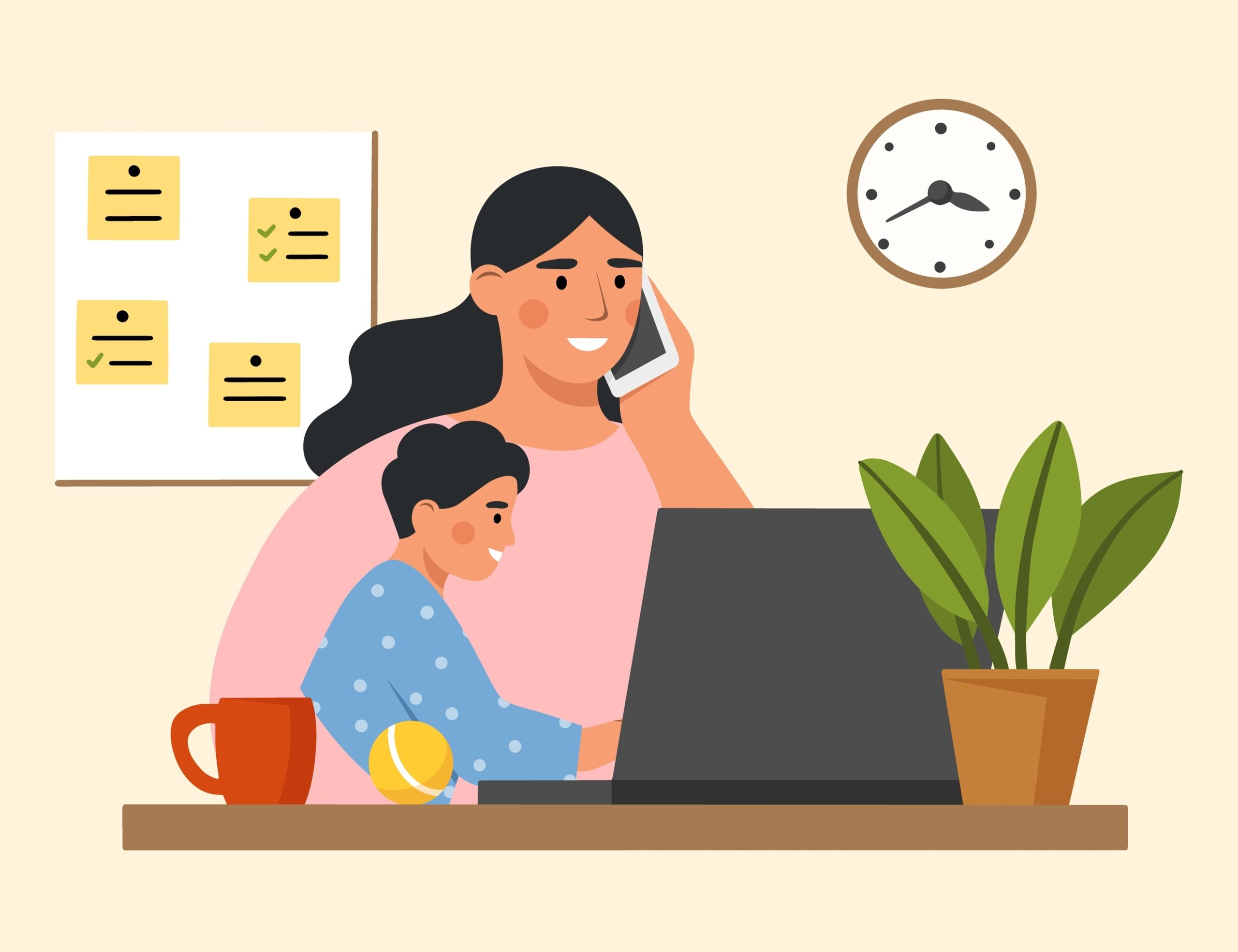


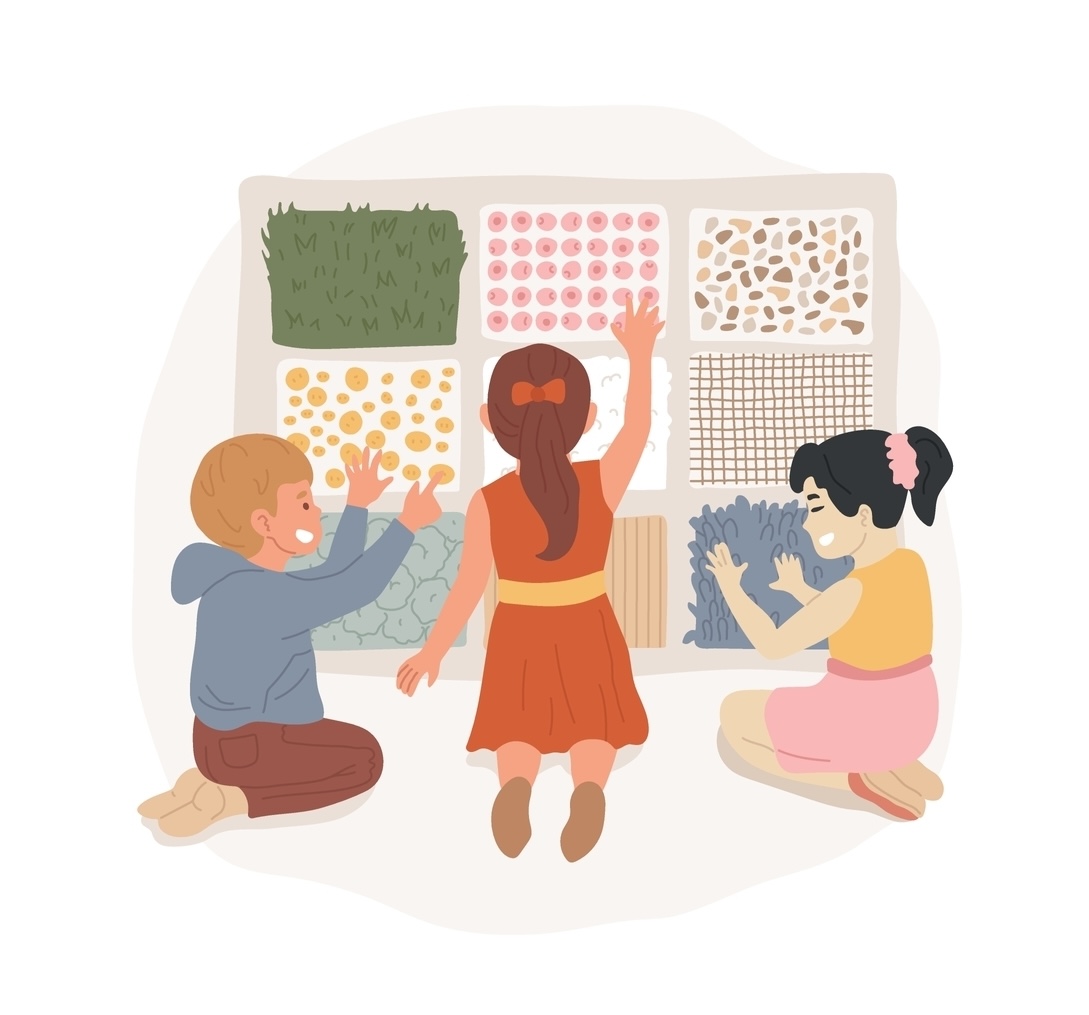


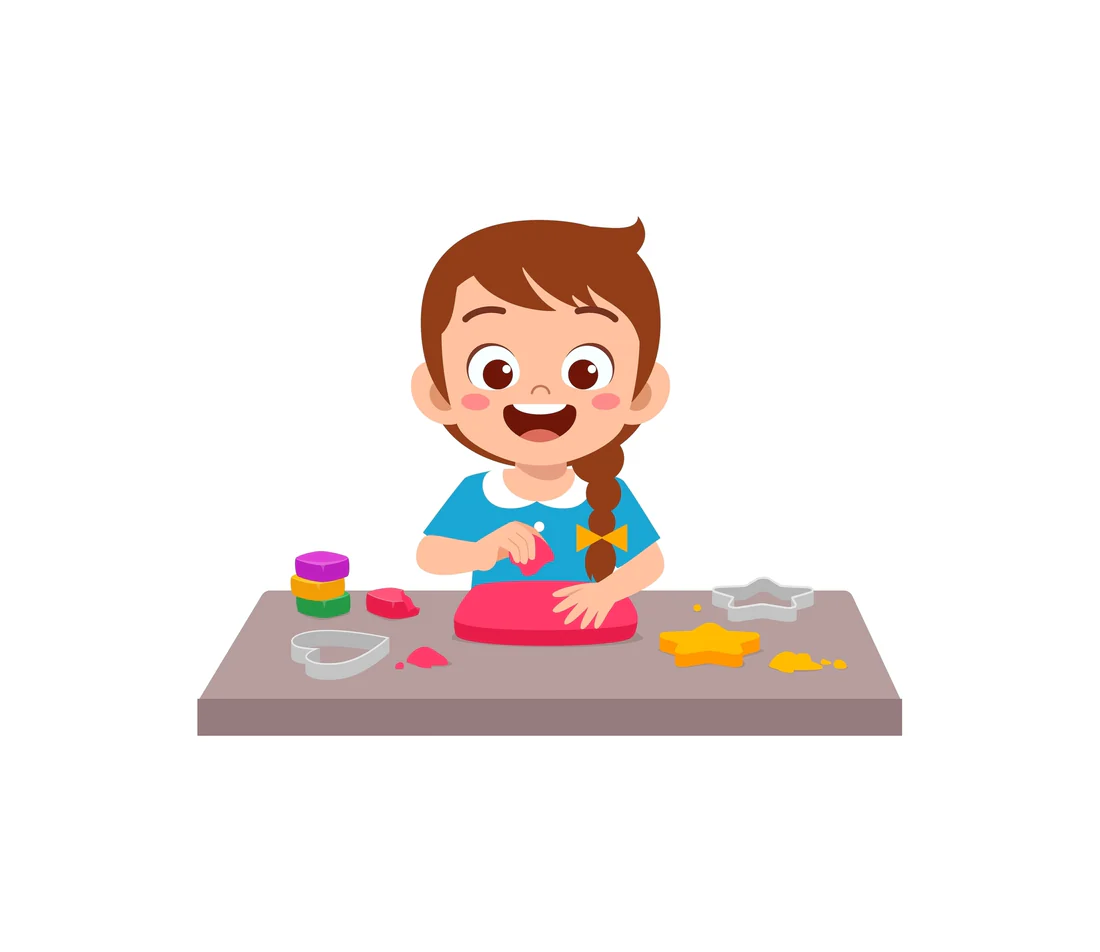
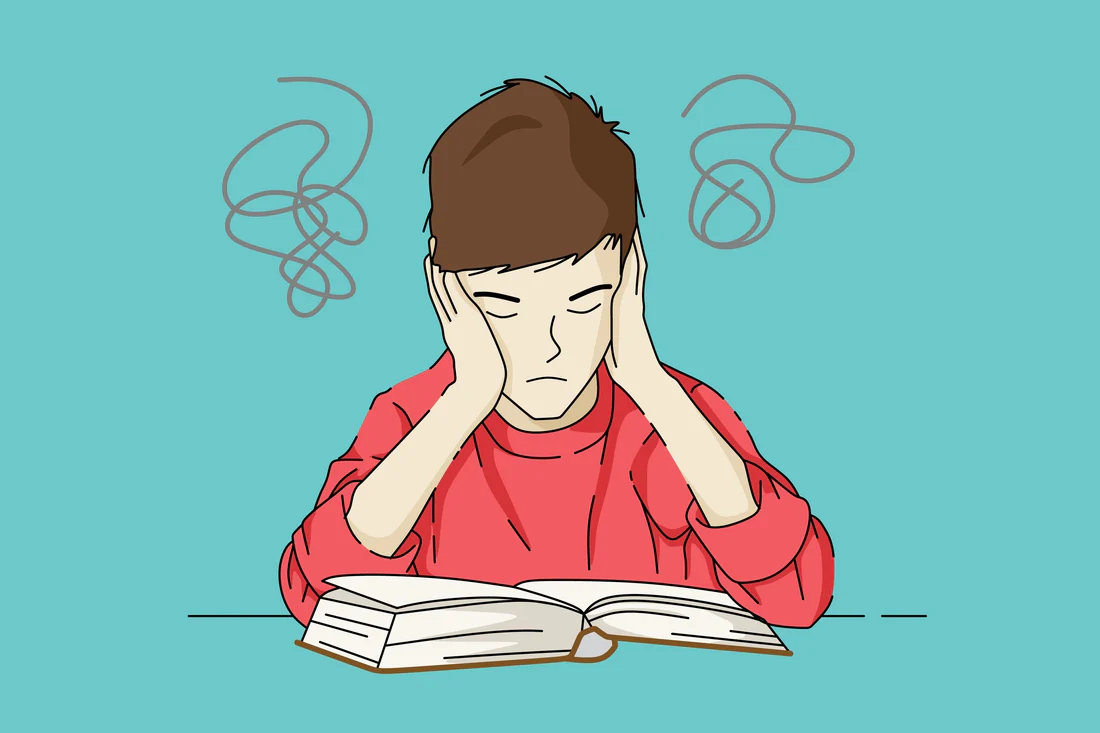
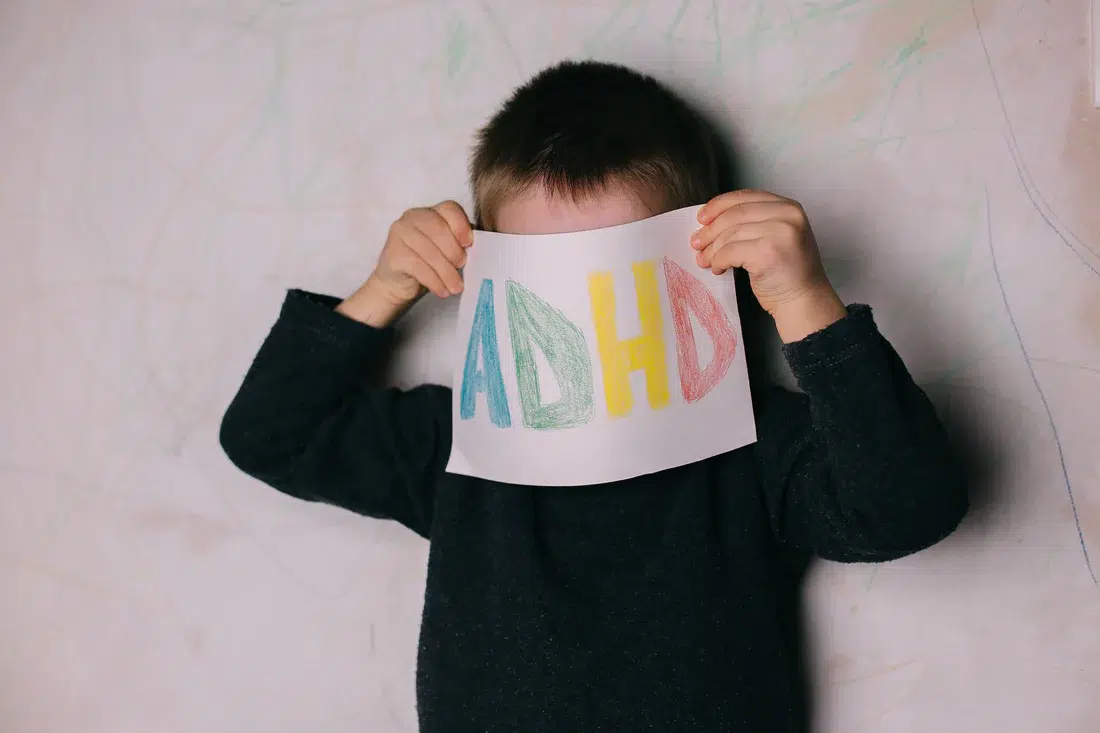


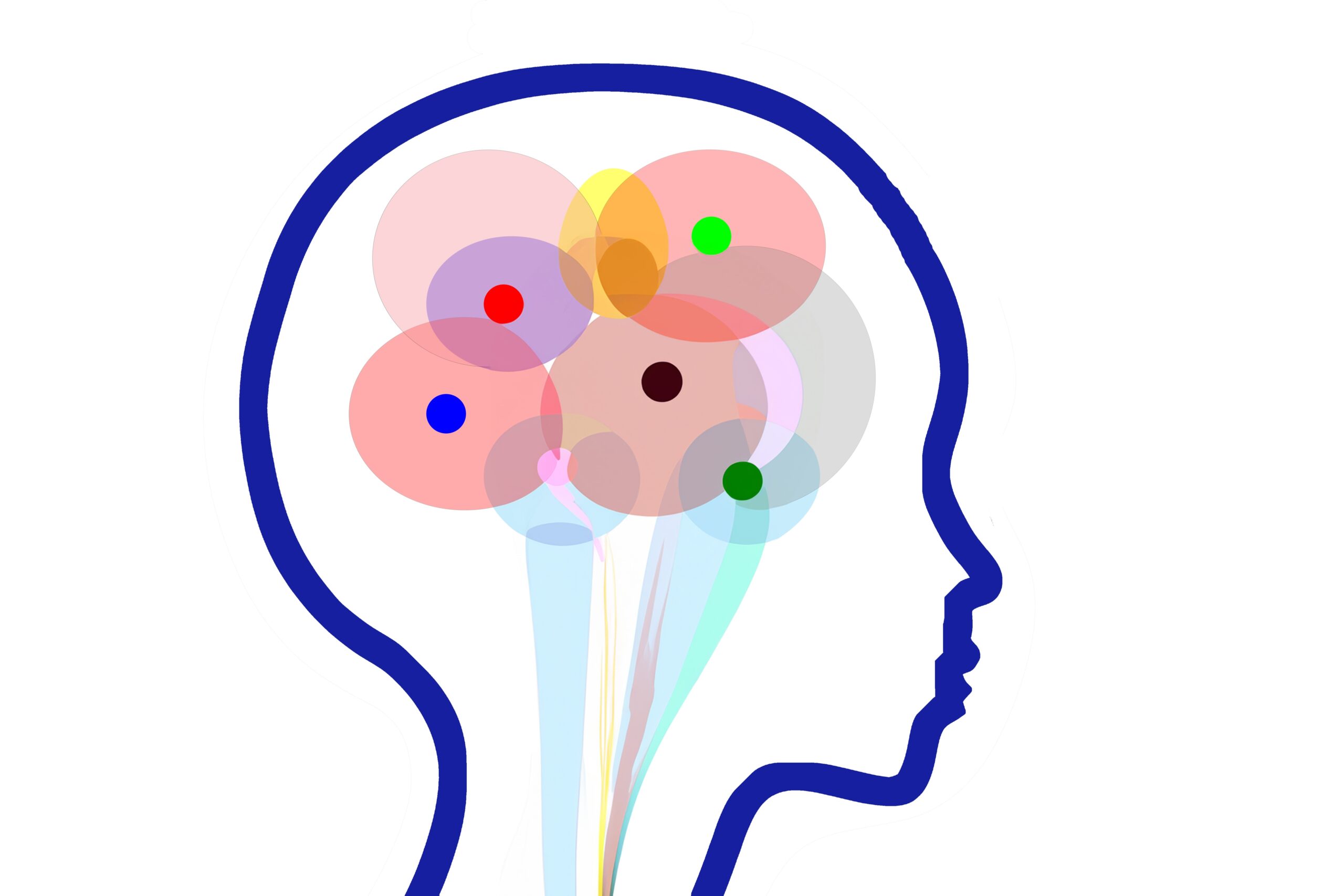
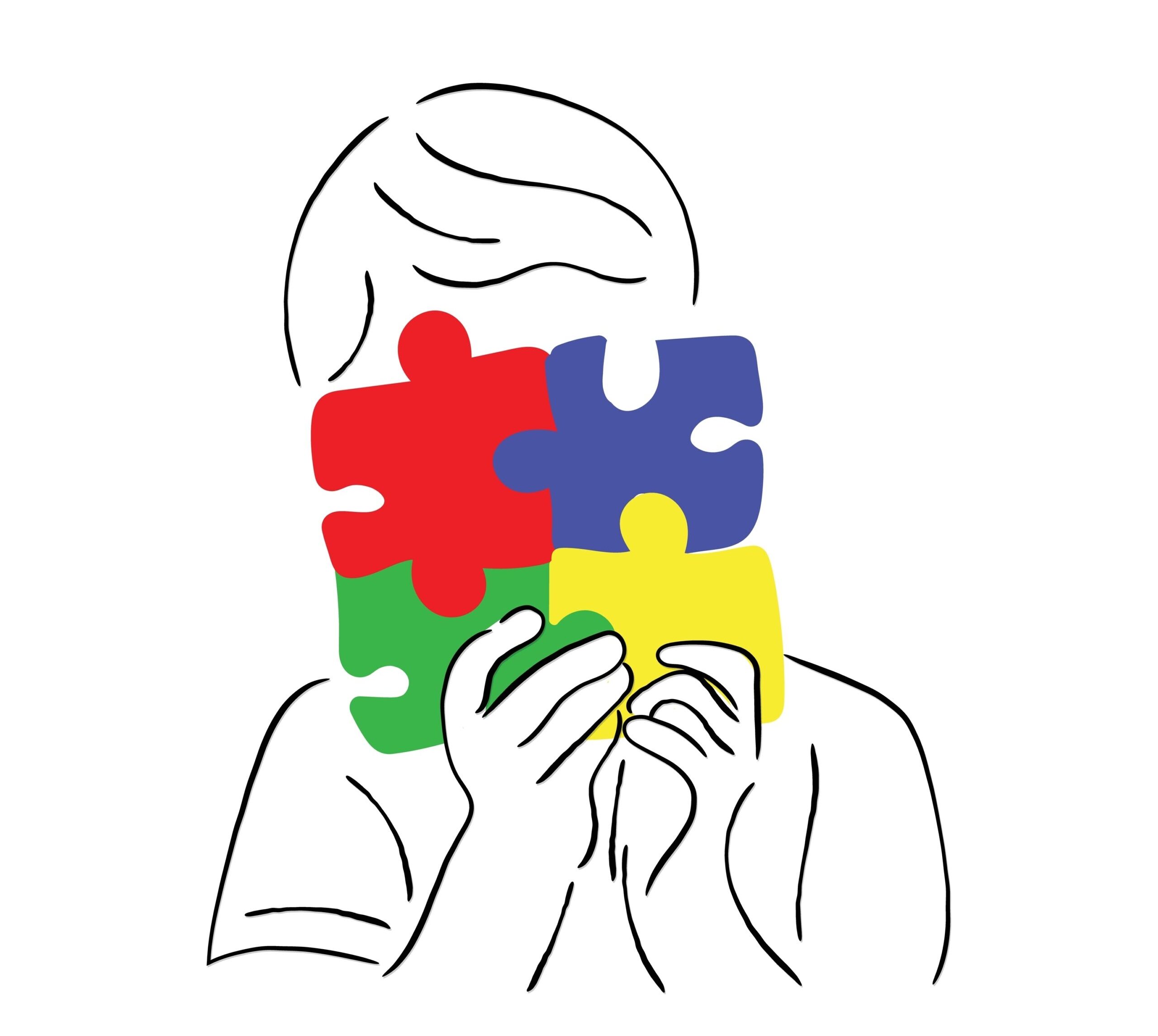
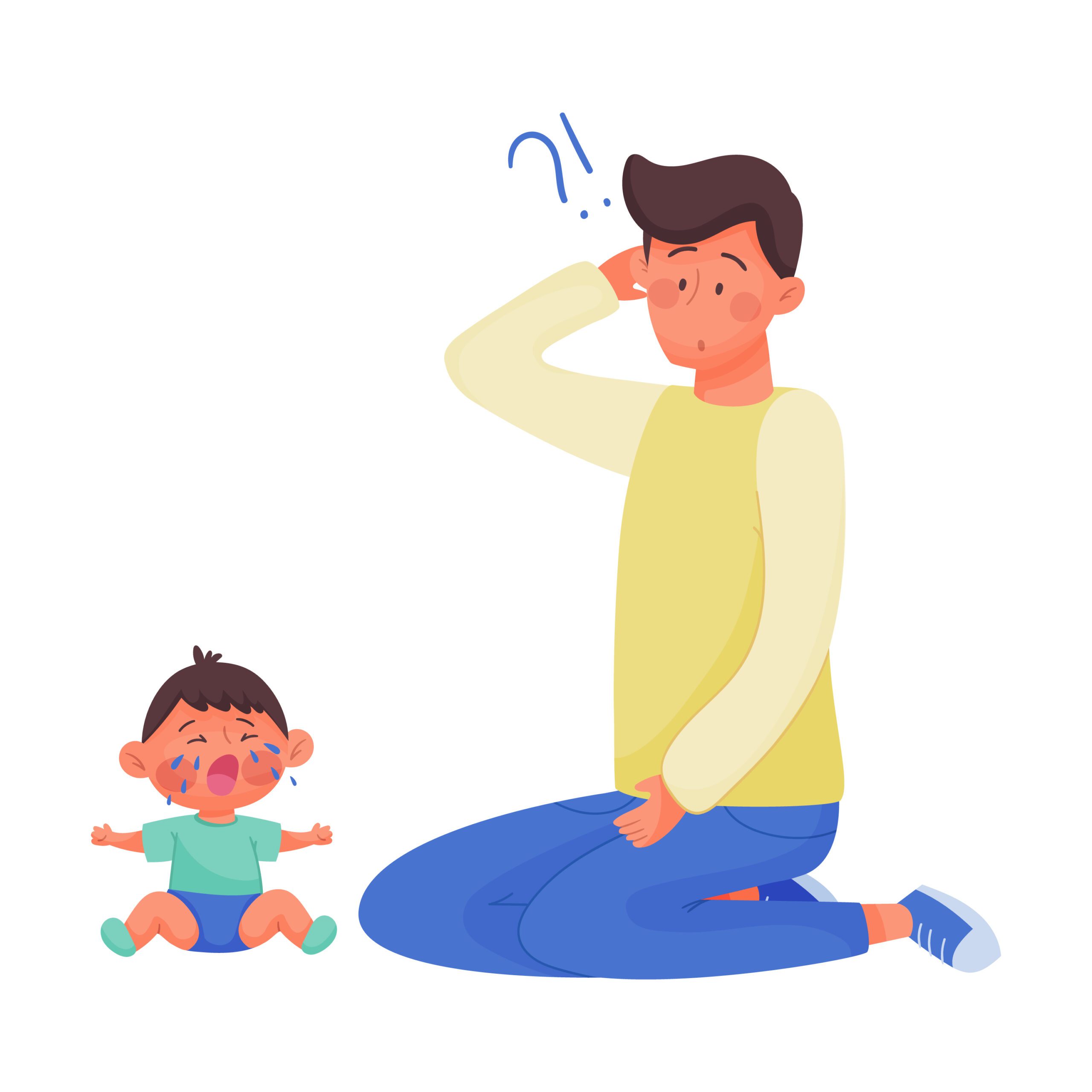

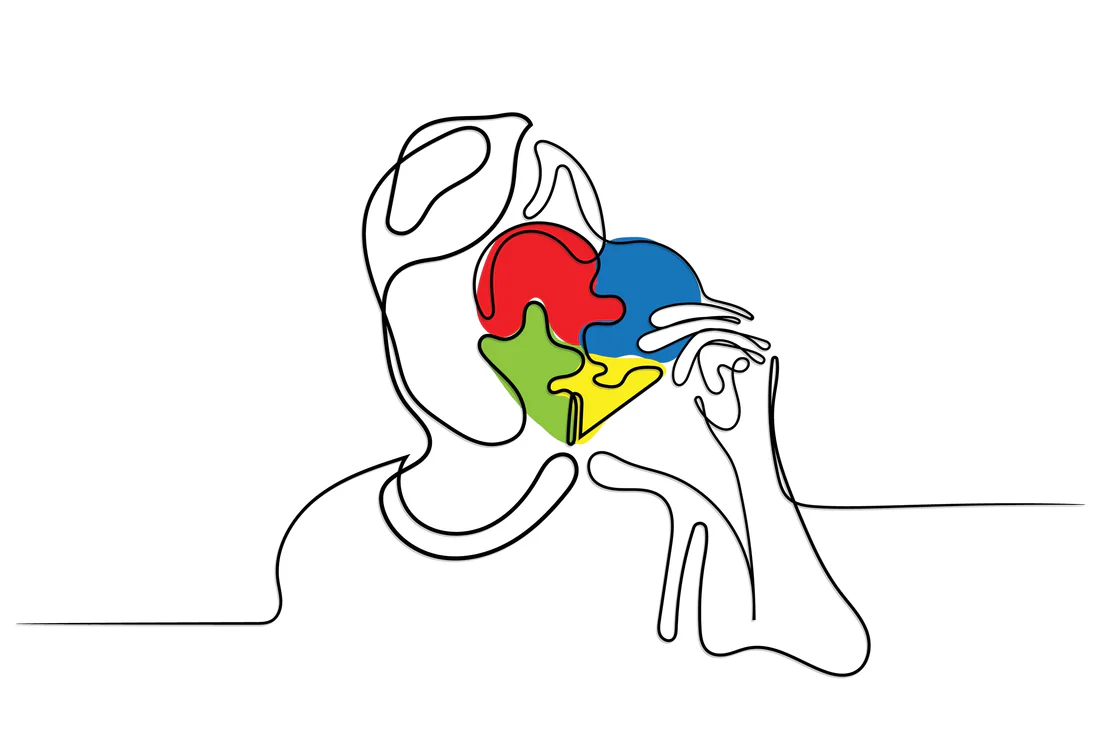

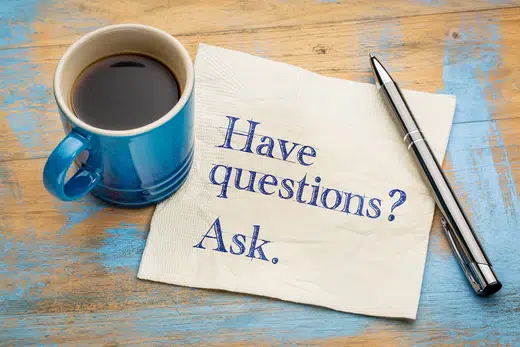








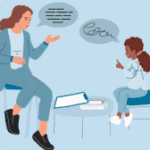 Speech Therapy
Speech Therapy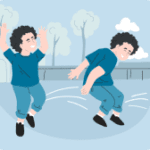 Physical Therapy
Physical Therapy Occupational Therapy
Occupational Therapy



